LATEST INSIGHTS
Your Present Location: LATEST INSIGHTSZhao Minghao: Africa and China need each other to grow
By Zhao Minghao Source: Global Times Published: 2016-3-1
China and Africa urgently need to seize the development opportunities they offer to each other. A more balanced partnership with enormous potential is emerging. Since 2000, the trade volume between China and Africa has increased 30 fold from nearly $10 billion to almost $300 billion. Till 2020, the figure may reach $400 billion, which equals to the trade volume between China and Europe.
Due to Africa`s annual growth of 5-6 percent in the past couple of years, the Western image of Africa has changed from "the hopeless continent" to a continent of hope. This has been shown by The Economist`s cover, which called Africa "the hopeless continent" in 2000 but said it is "rising" and "aspiring" in 2011 and 2013.
But in the eyes of Chinese, Africa has always been a "continent of hope." Many Chinese enterprises do business in places where Europeans and Americans don`t want to go. Now, more than 2,500 Chinese companies are active in Africa, and over 1 million Chinese work there such as building railways and opening restaurants. Even in remote areas, one can find Chinese footprints.
For Chinese, the thriving development in African countries is so impressive that it reminds people of the past times when China was experiencing an economic boom.
In the past decade, Rwanda achieved remarkable progress in the country`s reconstruction and the universal medical insurance. Ethiopia, which used to struggle with hunger and poverty, has seen its poverty rate decrease by 50 percent and has an annual growth rate close to 11 percent.
The middle class in Africa is also growing, with increasing consumption capabilities. The mammoth Mall of Africa, due to open for business in April this year, is the glory of South Africa`s ever expanding middle class. In Lagos, former capital of Nigeria, is boosting city development with a vision of becoming "Africa`s Dubai."
Nonetheless, Africa is far from a prosperous and stable continent. It still faces daunting challenges in development and peace issues. Currently, there are over 50 cities with a million or more residents, but basic infrastructure such as transportation, electricity and networks cannot meet the demands of the African middle classes. Perhaps this continent has underestimated the difficulties associated with urbanization. Extreme poverty is still prominent.
What`s most worrying is the youth bulge in Africa. The desperation of the young people is a time bomb. It is estimated that the population will double by 2050, mostly youngsters. Many governments face the challenge of creating job opportunities for them, as the number of newly added potential employees annually can be 11 million.
The ever deepening chaos and conflict in the Middle East and North Africa also sounds alarm to this continent. Many lives are lost when people try to cross to Europe, and there is also climate-driven migration.
The conflict in the region is deep-rooted. Boko Haram, which has strengthened ties with the Islamic State, is expanding, and its threat has gone beyond Nigeria. In eastern Africa, the militant group Al-Shabab based in Somalia recruits many members from Kenya and launches attacks to shopping malls and schools.
The home-grown jihadist terrorism is a problem that the entire continent needs to face and is harder to cope with than Ebola. A 2015 report by the International Crisis Group said the Sahel area was "a perfect storm of actual and potential instability," and "borders are porous, government reach limited. Populations and unemployment are soaring."
Africa needs investment and assistance from China to realize readjustment of the economic structure, satisfy its need for basic infrastructure and promote more balanced development. Under the "new normal," China`s demand for raw materials is declining, while China is becoming a capital exporter.
Africa is used to benefiting from China`s speedy development, but now it needs to think how to seek new opportunities from China`s economic transformation. For China, it should enhance its ability to more deeply engage with Africa, which will deepen its understanding of this continent, including its ambitions and problems.
The author is a visiting fellow at the Chongyang Institute for Financial Studies at Renmin University of China.
Key Words: China; Africa; growth







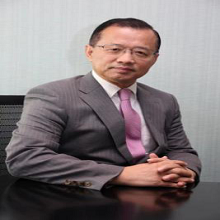



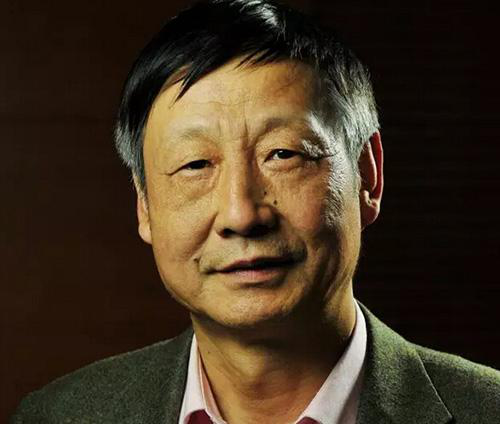
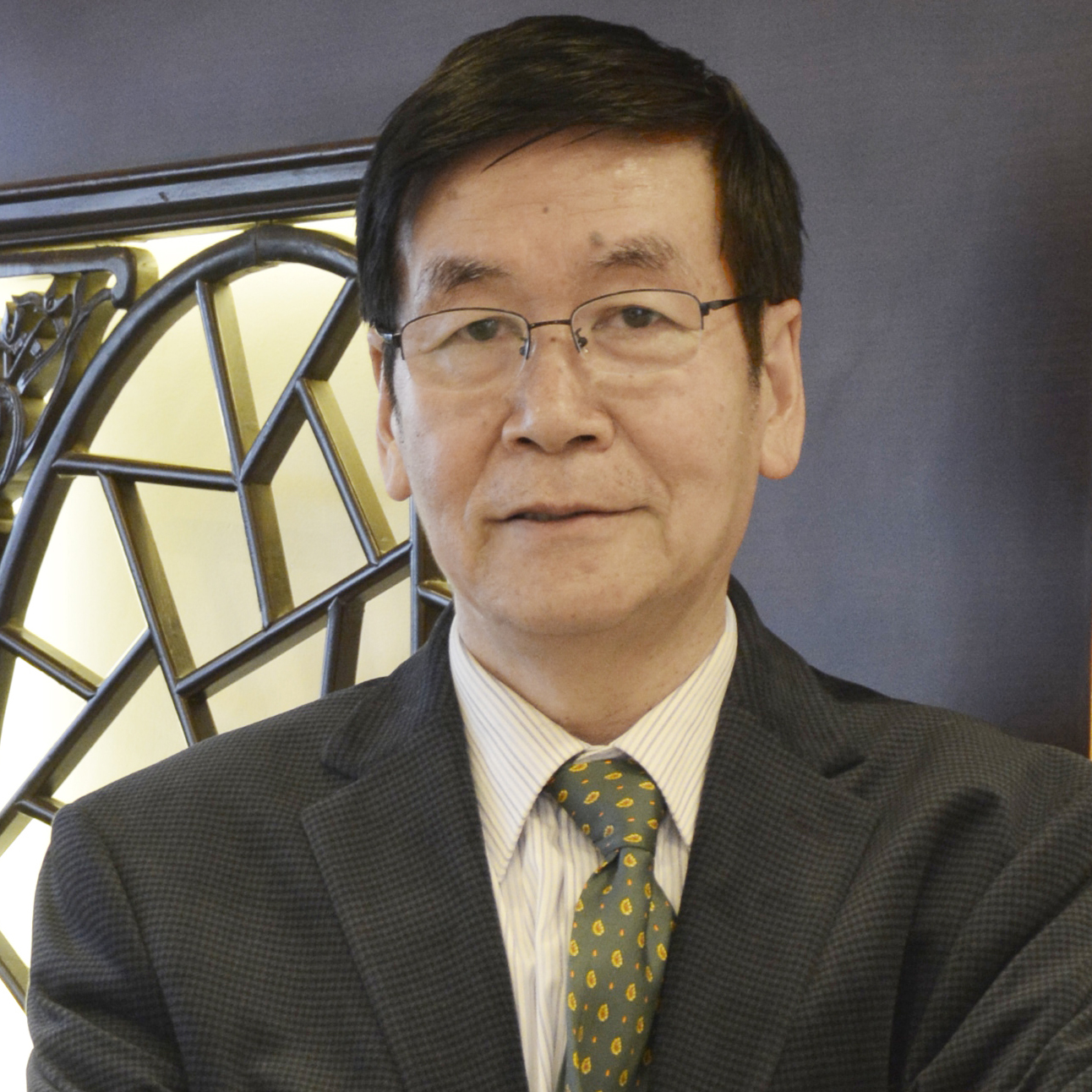














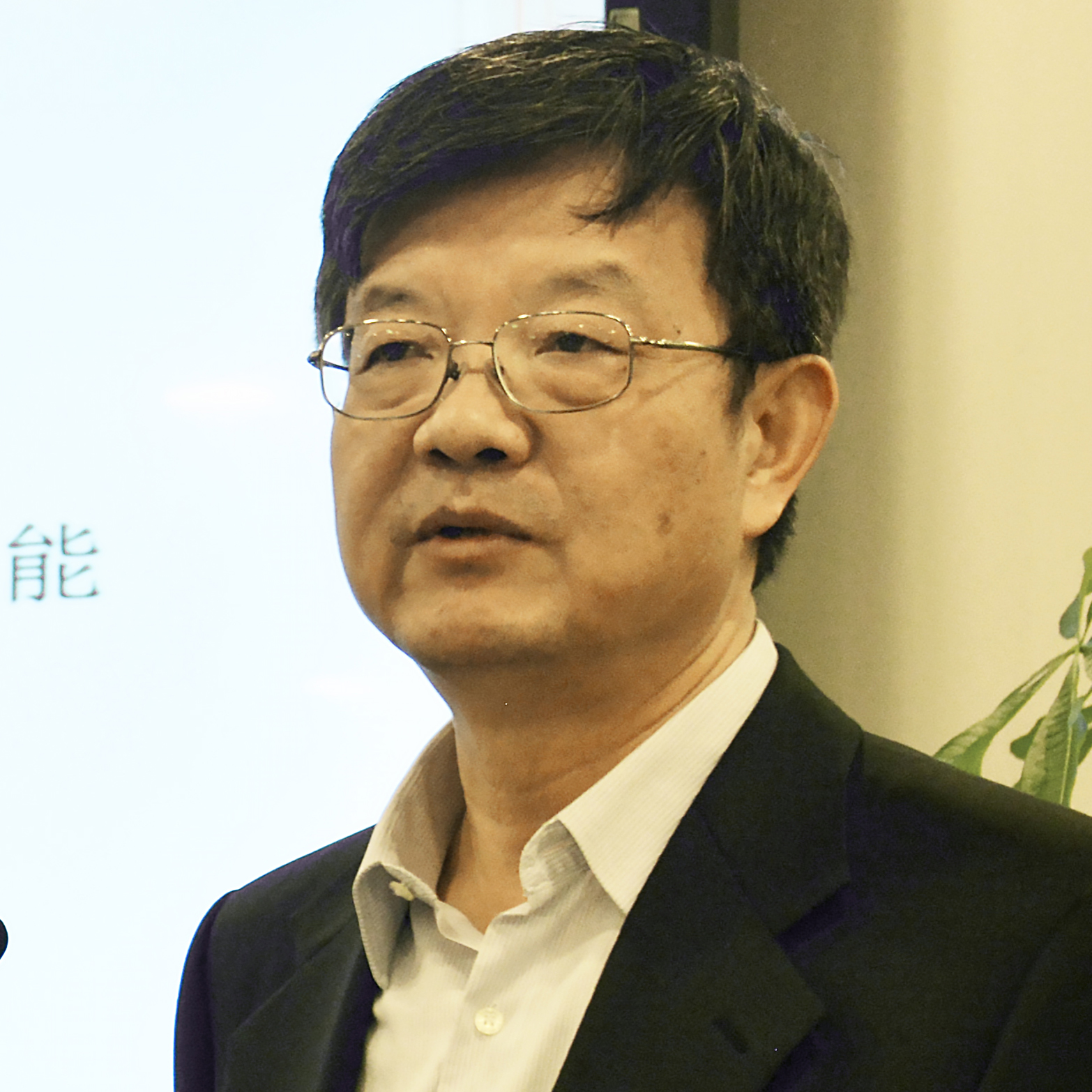



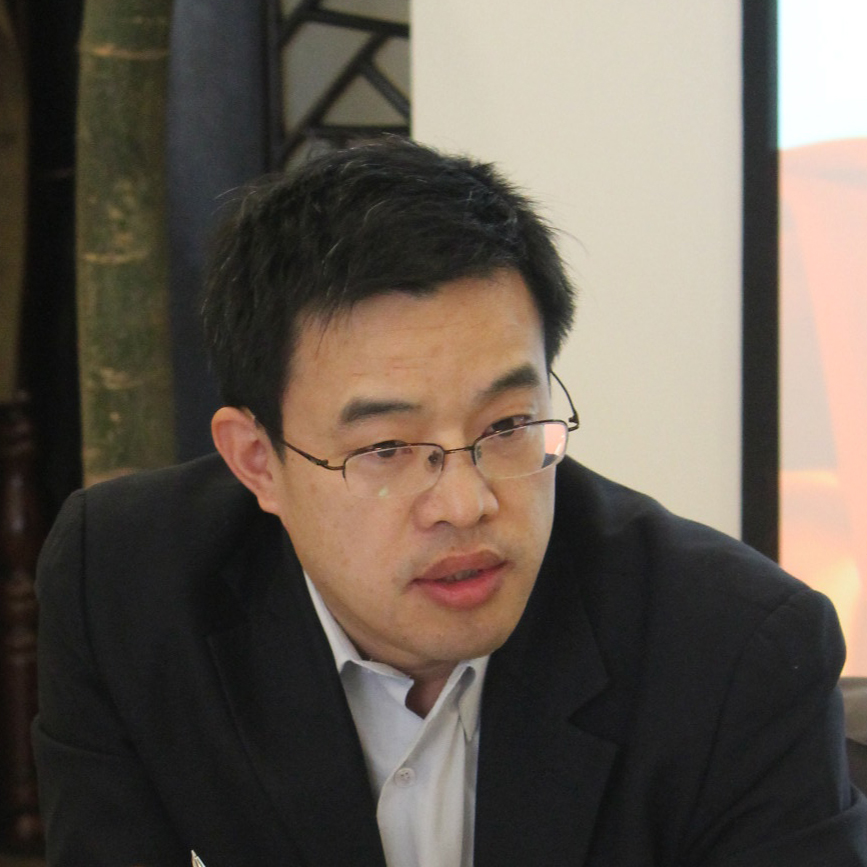
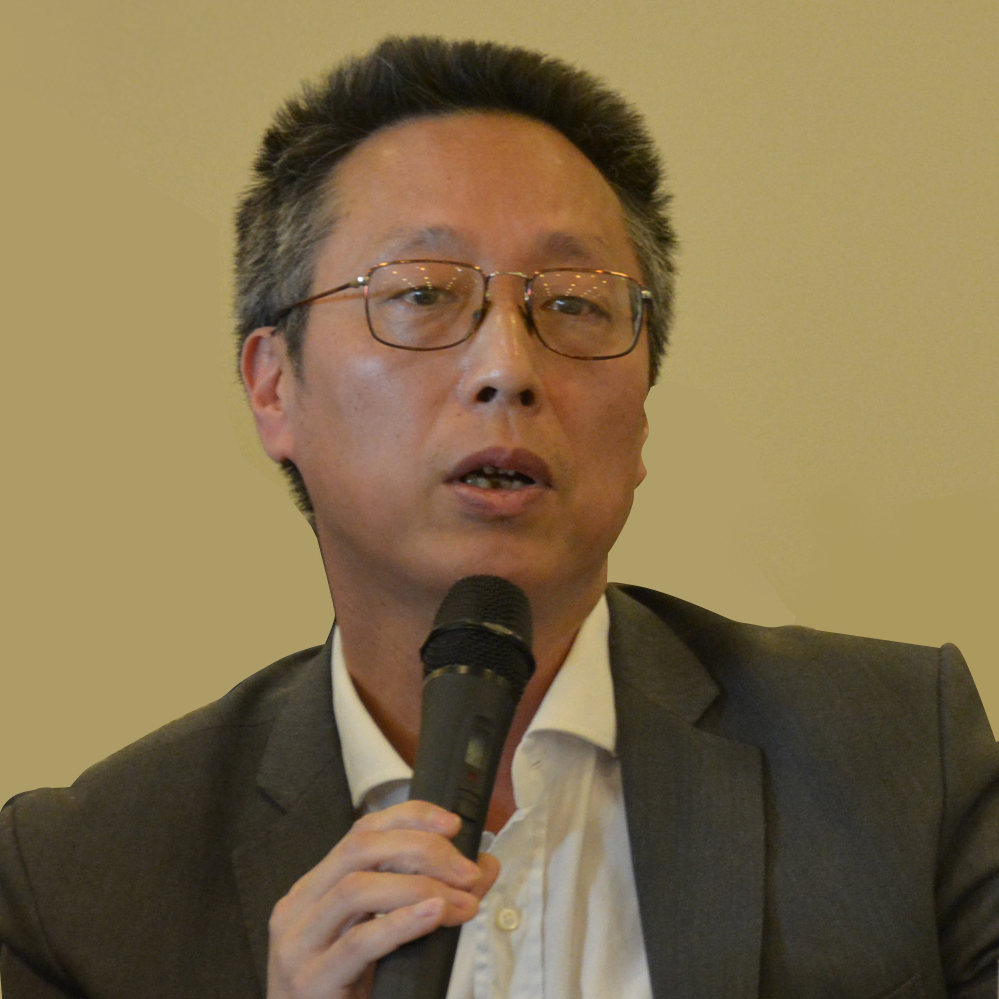
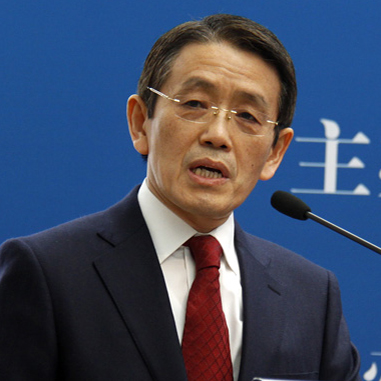

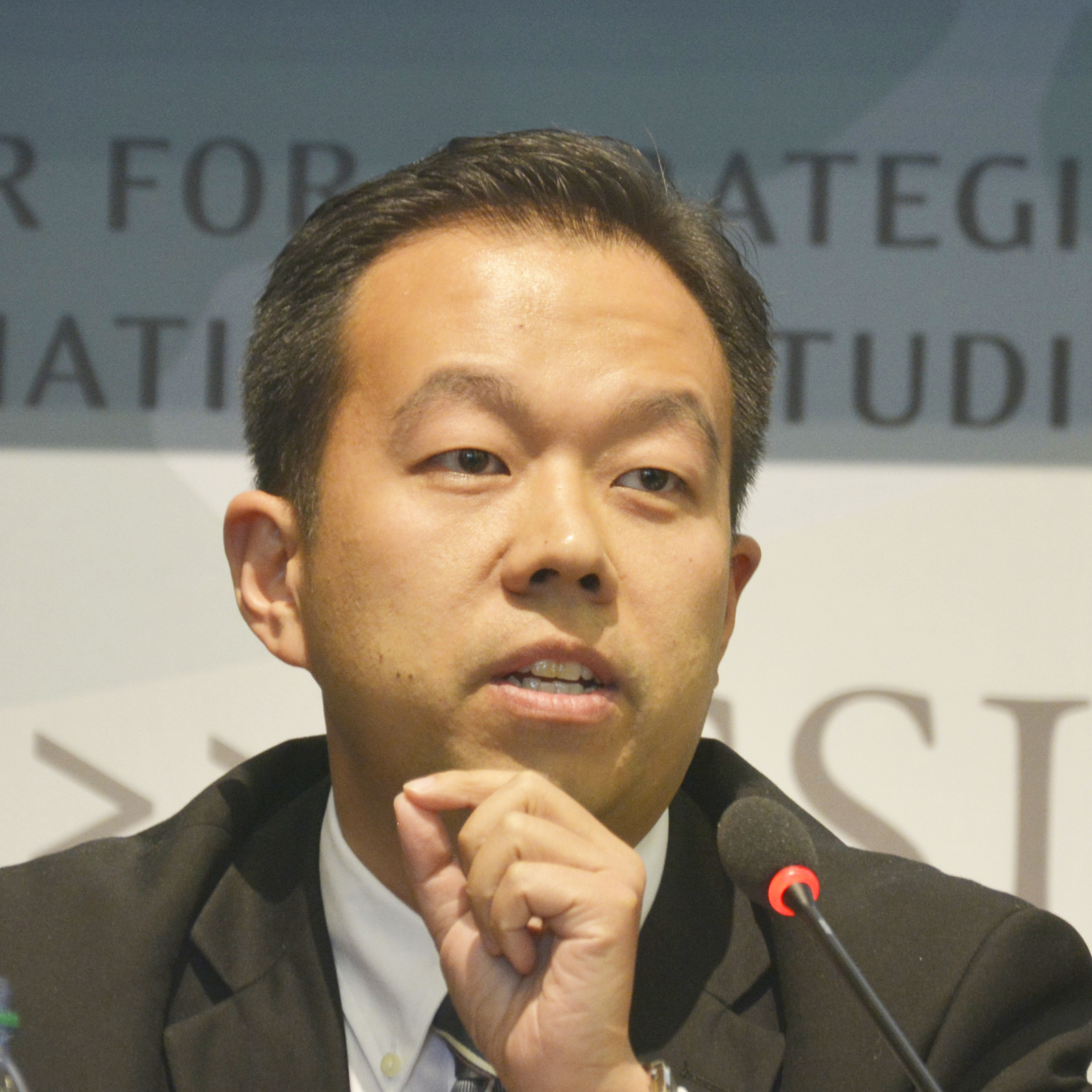










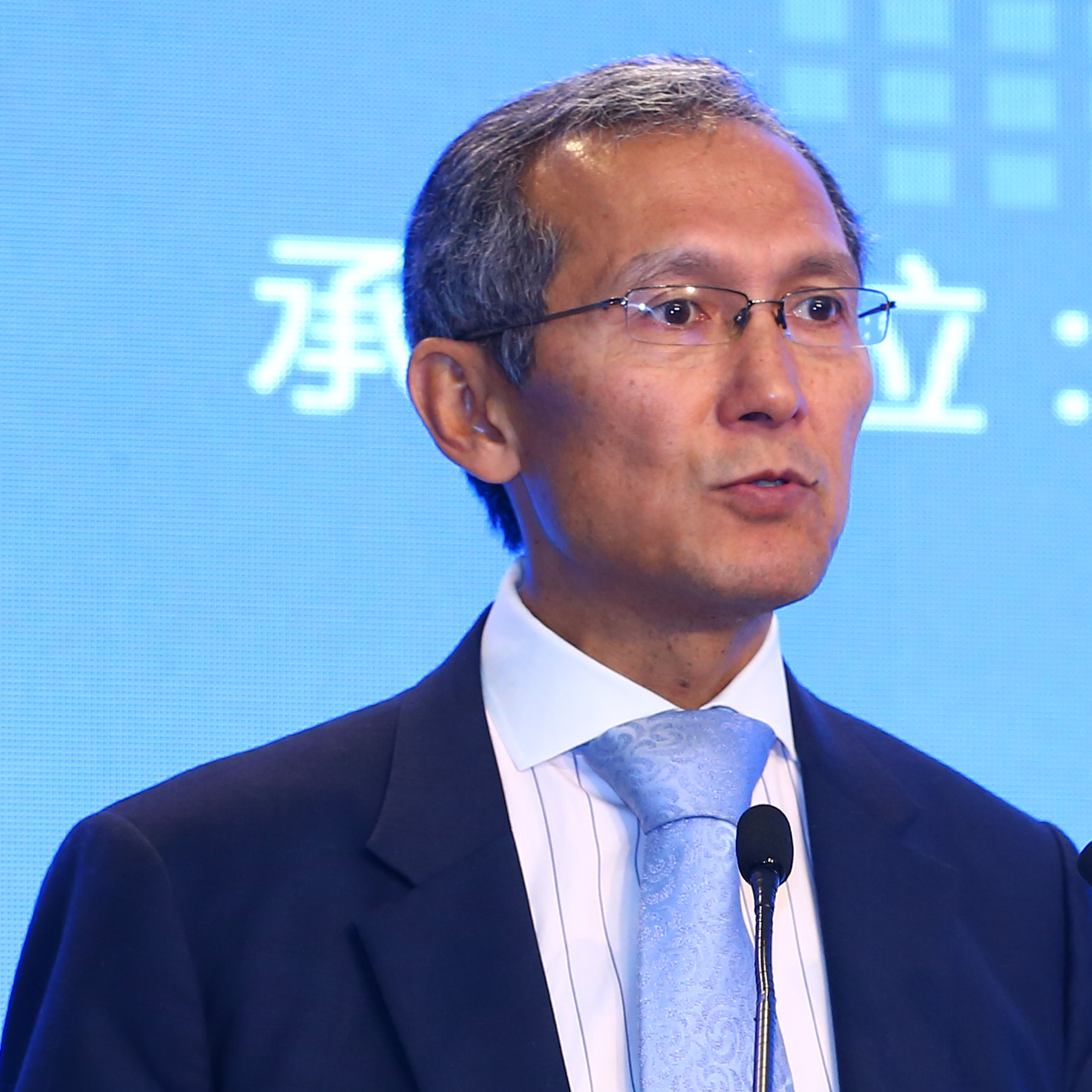


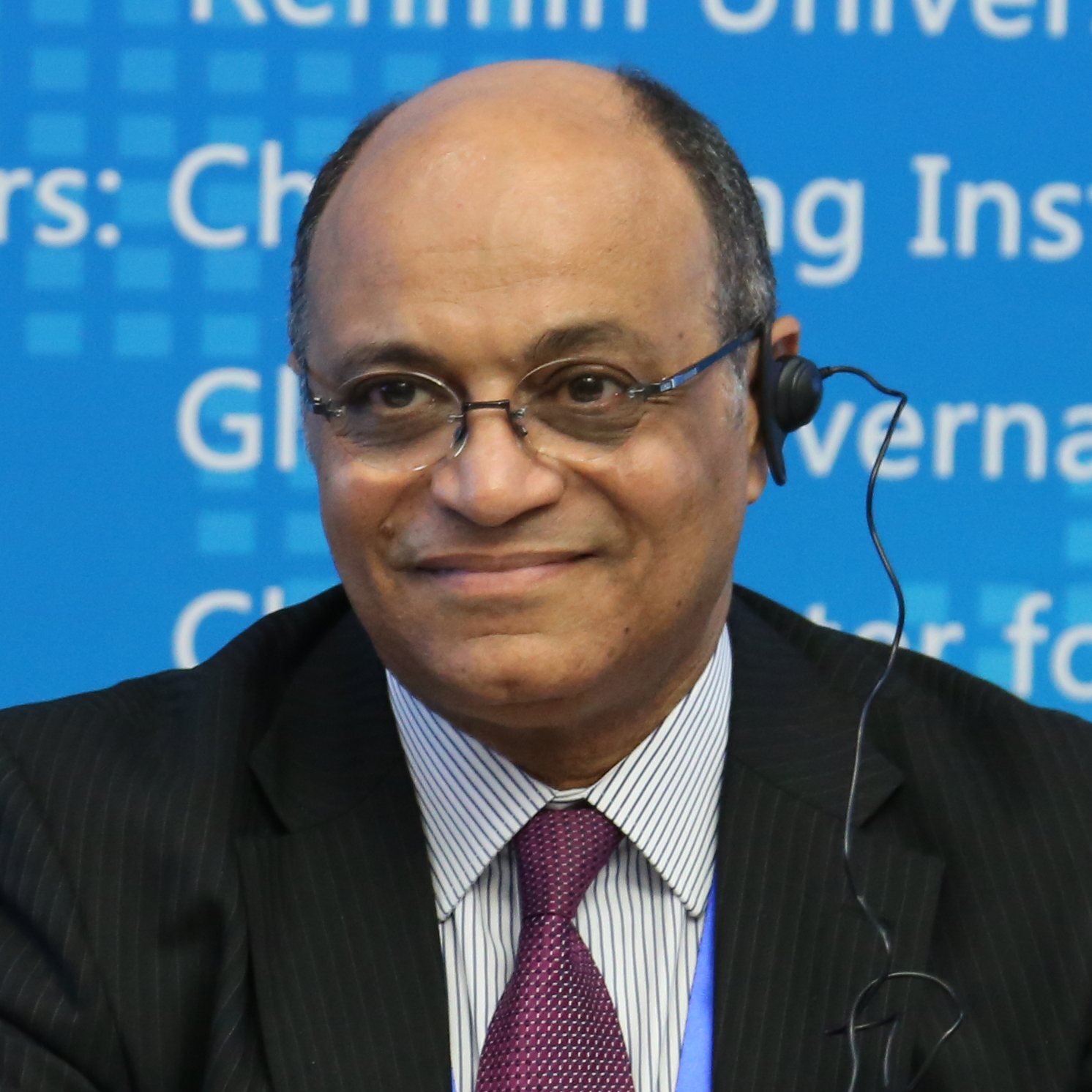














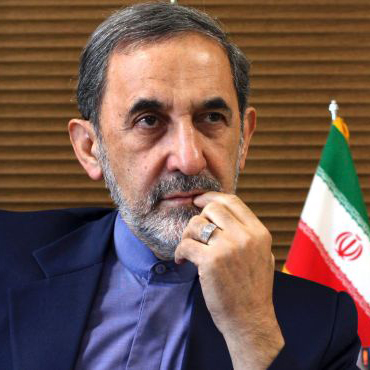

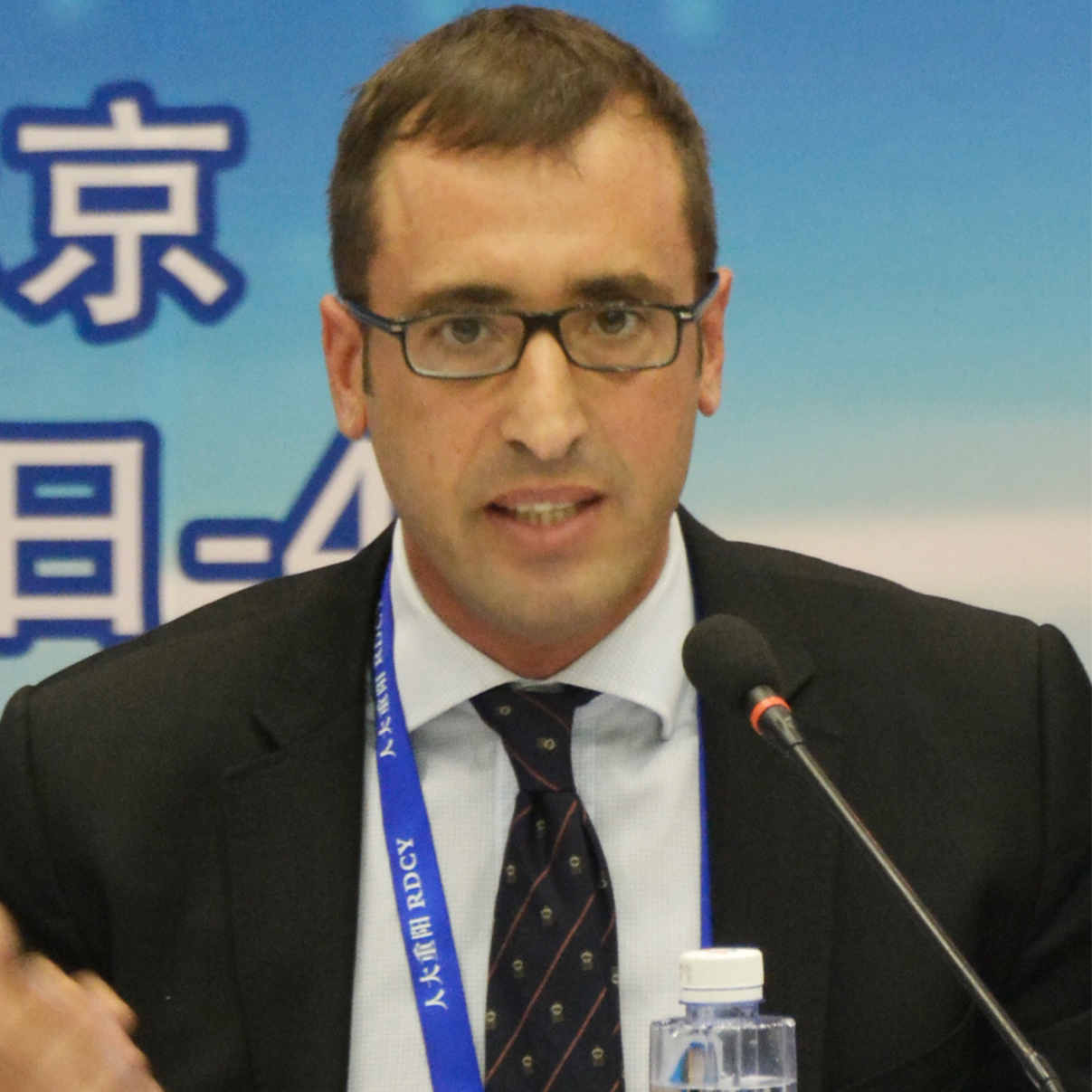


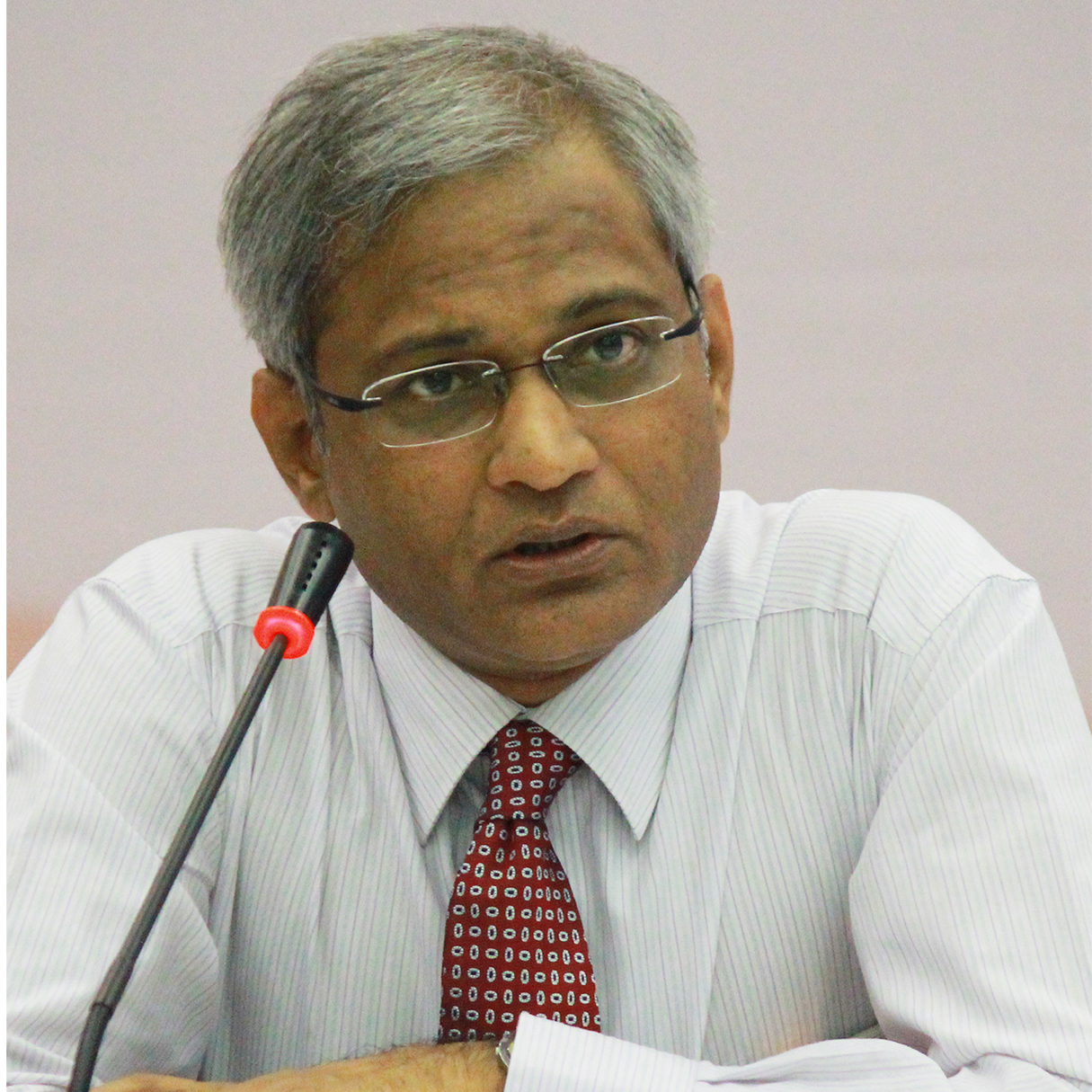
















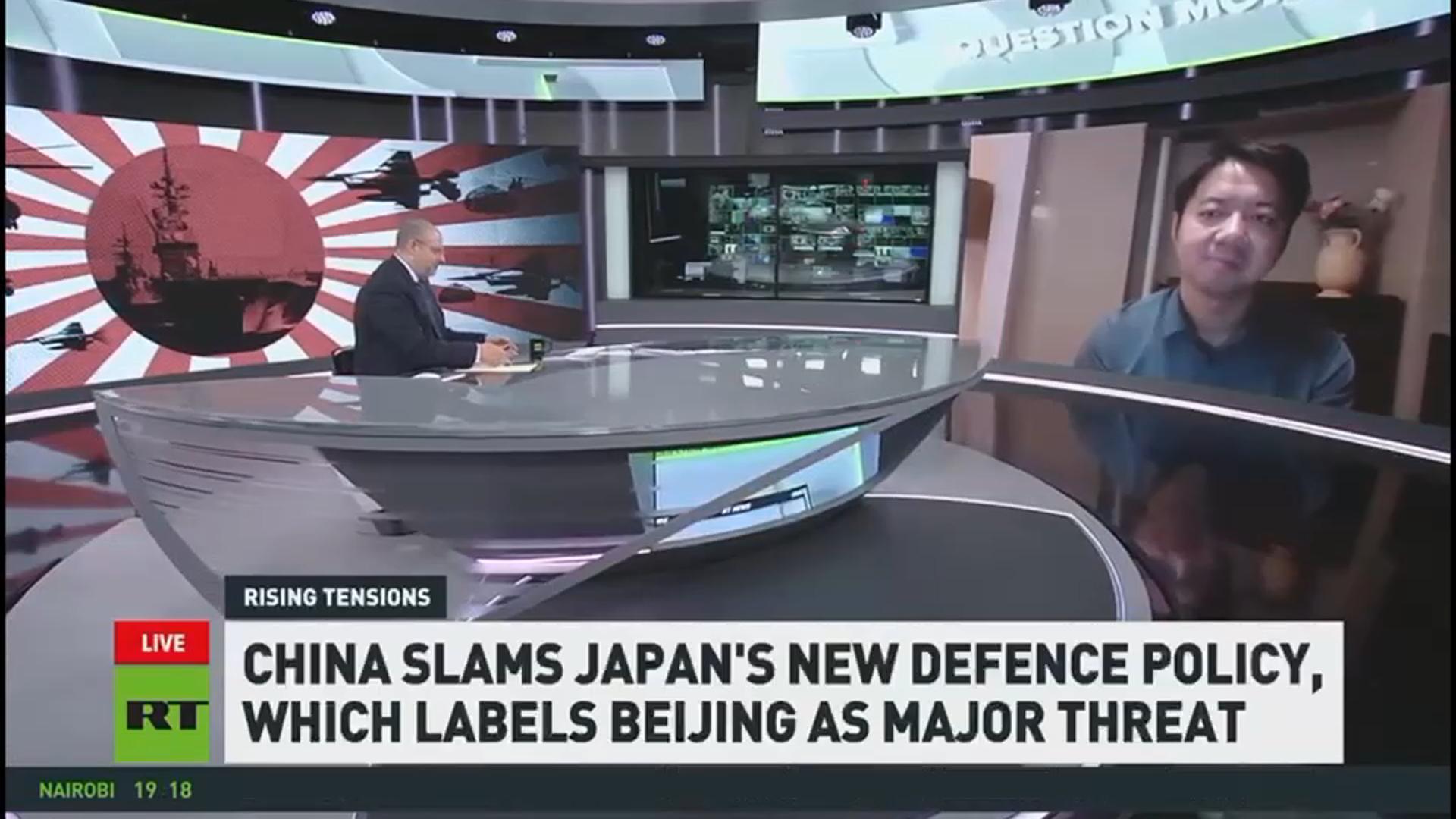
 京公网安备 11010802037854号
京公网安备 11010802037854号





